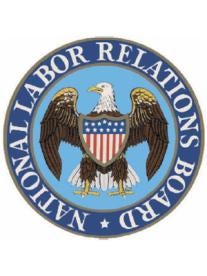Amendments to the National Labor Relations Board’s (NLRB) election rules went into effect on April 14, 2015. The new rules have already had a major impact on the timing of and procedures for union elections.

The history leading up to the adoption of these amendments was discussed in Schiff Hardin’s February 7, 2014 and December 15, 2014 Labor & Employment Alerts. As noted in those alerts, the practical effect of these amendments will be to shorten the time between the filing of a petition for an election and the actual election, thus giving employers less time to communicate with their employees about issues relating to unionization. As we predicted, the time between the filing of a petition and the actual election has decreased significantly. According to statistics recently released by the NLRB, since the rules took effect, the average time between the petition and the election was about 23 days. Prior to the new rules, the average time between petition and election was 38 days. Thus, as a result of the new rules, the employer’s time to communicate with its employees prior to the election has been shortened, on average, by about 2 weeks.
Changes to the election process as a result of the adoption of these amendments include:
-
Petitions and related documents may be filed electronically.
- Employers are required to post a Notice of Petition within 2 business days of receipt of the election petition.
- A hearing to resolve any representational issues will be scheduled within 7 days of the filing of the petition.
-
At least one business day prior to the hearing, the non-petitioning party is required to file a written statement of position outlining any issues to be litigated at the hearing. Any issues not so identified would not be litigated.
- Pre-election rulings by a regional director will not be reviewable prior to the election, and any such rulings would only be reviewable post-election if the issues were not rendered moot by the results of the election.
-
The employer is required to provide electronically to the regional director and to the petitioning union a list of employees eligible to vote in the election within 2 days of the direction of election. The list must contain the home addresses, home telephone numbers and personal email addresses (if available to the employer) of the eligible employees.
Legislative efforts to block the new rules failed as a result of President Obama’s pocket veto in March, 2015.
Business groups have filed two separate lawsuits seeking to overturn the new rules. In one case,Baker DC v. NLRB, 2015 WL 1941516 (D.D.C. 2015), the U.S. Chamber of Commerce has filed a motion for summary judgment seeking to void the rules and a decision should be rendered soon. In the other case, Associated Builders & Contractors of Texas, Inc. v. NLRB, 2015 WL 3609116 (W.D. Texas 2015), a judge ruled in June in favor of the NLRB, finding that the new rules did not violate either the National Labor Relations Act or the federal Administrative Procedure Act.


 />i
/>i

